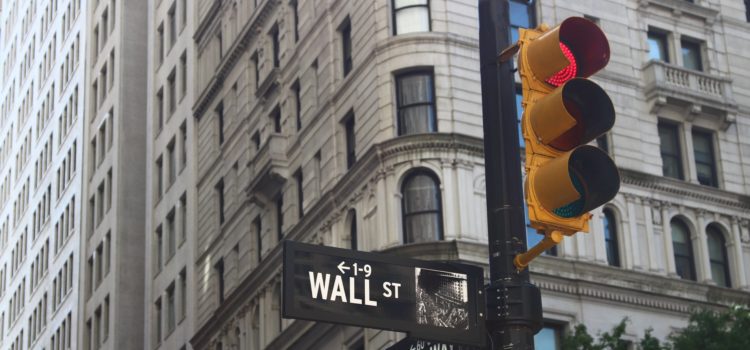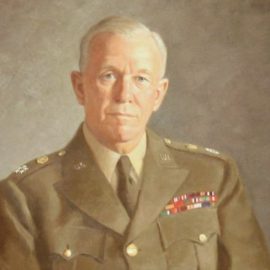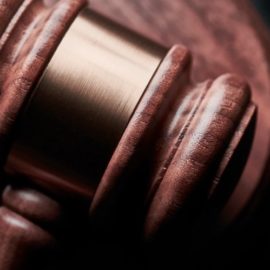

This article is an excerpt from the Shortform book guide to "Flash Boys" by Michael Lewis. Shortform has the world's best summaries and analyses of books you should be reading.
Like this article? Sign up for a free trial here .
What is a flash crash? Why did Wall Street experience a flash crash in 2010?
A flash crash is when the stock market experiences a dramatic and unexpected drop in prices followed by a quick recovery. Wall Street experienced a flash crash in 2010, which Michael Lewis, author of Flash Boys, believes was caused by high-frequency trading (HFT) methods, but others believe one man was behind it.
In this article, we’ll explore the 2010 flash crash, and how Wall Street fell victim to it.
Wall Street’s Response to HFT
Lewis argues that the 2010 flash crash was caused by HFT tactics. The Wall Street firms and banks, who were supposed to help investors, adopted HFT techniques despite knowing that HFT made trading unfair for average investors. They did this because they were making so much money—one firm made over a billion dollars in one year from its HFT department alone.
(Shortform note: Lewis is no stranger to exposing Wall Street’s greed: In The Big Short, he argues that greed and short-sightedness were the prime drivers of the financial crisis. All major stakeholders in the ecosystem were fueled by the desire for profit, which made it easy to overlook the other systemic problems below, as he similarly argues about HFT.)
Three ways in which investment firms and banks took advantage of HFT practices at the expense of regular investors were trading against customers, manipulating dark pool orders, and selling access to dark pools. However, these practices eventually caused the infamous Wall Street flash crash in 2010.
Flash Crash of 2010
After years of unregulated high-frequency trading, Wall Street experienced a “flash crash” in 2010. Lewis defines a flash crash as a stock market crash that happens quickly—stock prices drop dramatically before recovering within a few minutes. But during that time, 20,000 stocks traded at dramatically different stock values.
According to Lewis, no one could pinpoint a reason behind the 2010 flash crash. Katsuyama couldn’t access the data that could prove HFT caused the crash, since this information wasn’t public—it belonged to the HFT firms and exchanges—but he knew that the flash crash was a result of HFT.
The flash crash marked a turning point in the investing world. Investors were interested in what was going on in the market—and why it had dropped by 600 points so suddenly. People called Katsuyama and his team to set up informational meetings where he educated investors and executives about HFT.
Who Was Responsible for the Flash Crash?
While Lewis blames the trillion-dollar flash crash on HF traders, the US courts found another reason: a self-taught stock market trader named Navinder Singh Sarao. He was convicted of “spoofing,” or creating a huge number of fake buy or sell orders. HFT firms program their algorithms to get out of the market when it gets too volatile, and Sarao made the market appear so volatile that all the algorithms pulled out at once, creating a crash. He capitalized on the changing prices, earning about $900,000 from the flash crash.
While the Commodity Futures Trading Commission (CFTC) found Sarao responsible for the flash crash, some experts contend that blaming Sarao doesn’t get to the heart of the issue—which is the fact that both human and algorithmic traders still have the ability to manipulate markets despite existing regulations.

———End of Preview———
Like what you just read? Read the rest of the world's best book summary and analysis of Michael Lewis's "Flash Boys" at Shortform .
Here's what you'll find in our full Flash Boys summary :
- Why high-frequency trading (HFT) is a threat to your investments
- A look at Wall Street’s greedy response to HFT
- How Canadian trader Brad Katsuyama tried to fight the problem






